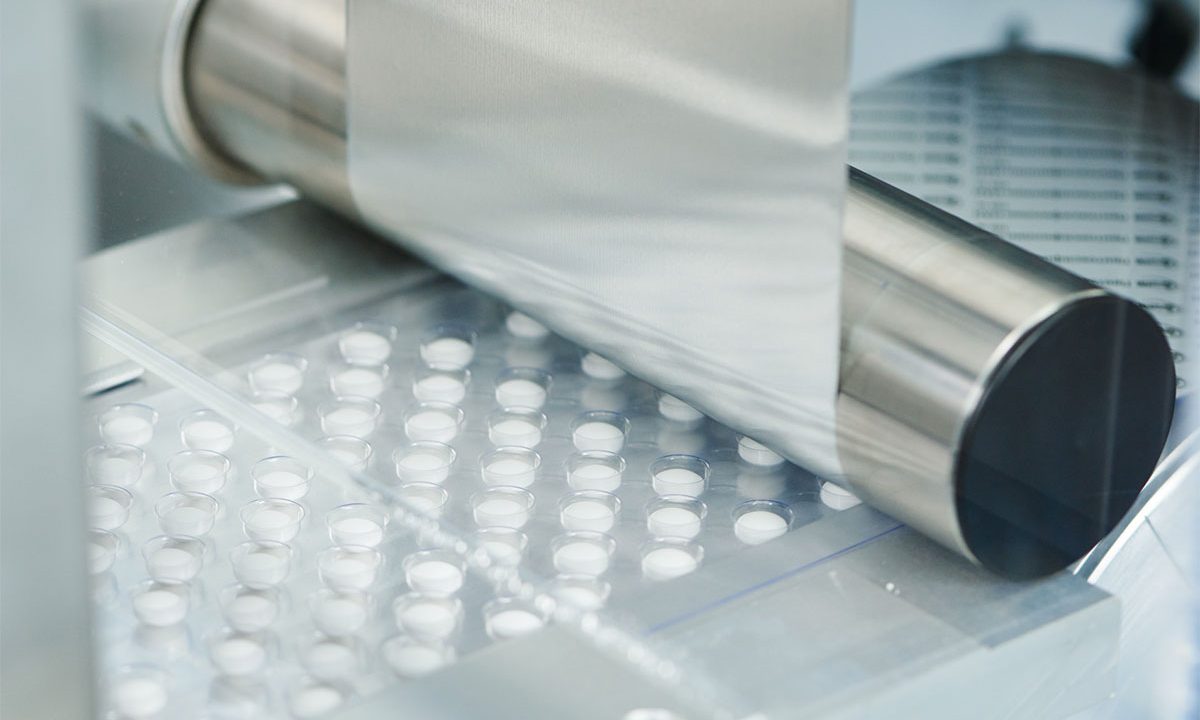In order to obtain the ideal results in safe and efficient pharma packaging, it is necessary to create a process that equalizes every packaging session. Especially with blister packaging, the idea is to make the packaging session of each batch smooth. Because a fault in one blister might mean rejection of a substantial batch. A loss to the people adding their hours and a loss to the manufacturer of the medicine. A fault in the machinery or format part might be the cause of it. However, format parts will be available for every machinery type, the loss of valuable material can be a big no from the treasury.
There are no doubts that a mechanical process may sometimes be halted because of an error, either in the machinery or through staff. Both have their limits and weaknesses. But as they say, a stitch in time… and prevention is better… There are certain practices and steps taken pre-packaging that will ensure the sealing success you need for all your blistering sessions. Here are a number of tips that must be considered as a standard procedure during packaging of pills and capsules with blistering machines.
Tip #1 Clarify your material type to product
Concerning pharma packaging, the material being used is as important a factor as the compounds being used in the production of the pill or capsule. This is because the material goes through a lot of physical strain passing through heat, pressure or alterations to chemical formations. The material used in blistering must be well known to avoid any mistakes in selection of temperatures, dwell time, and pressure applied. All thermo-forming machinery operators must know that the material used in blistering can have an effect on the drug. So the different materials used for different drugs must be known to both the operator and the person who gives a go ahead for the packaging process to begin.
The most errors that occur with the forming and sealing procedures occur due to wrong temperatures and pressure. Hence, knowing the physical alterations that the material can take is important for the perfection required in sealing a batch of blisters. Wrong pressure might either harm the main PVC film or cause the sealing foil to detach even after the heat sealing is done. Unequal temperature settings during heat sealing, using aluminum foil, can result in blister curls, patchy sealing, which will compromise the purity of the drug and alter the contents inside making the batch unqualified for use.
It is crucial to choose wisely between hard-temper aluminum and soft-temper aluminum. There is an evident difference between the two. Soft-temper foils are great when the packaging contains solid and sturdy products like hard lozenges, coated tablets or chewing gum. Whereas effervescent products, fragile tablets, gel based capsules and pasty pills may not be very safe, since soft-tempered foils have longer break points which may cause damage to the tablets or capsules inside. The heat seal areas of the material shall also be kept in check and it shall be glossy, clear of grime and resistant to abrasion. Always choose the materials that allow a wider range through the sealing window. It should be able to resist overt temperatures, heavy pressure and longer dwell times so that the material inside the packaging has lower chances of getting affected by these factors.
Tip #2 Acquire appropriate sealing tools
Having a proper design with your sealing machinery is as important as keeping the right temperature while sealing. Even with an apparently great sealing session, there are tiny spaces known as micro channels that are caused through the seal, through which moisture can reach the product and decrease quality and shelf life. Leaving the ‘expiry’ or ‘best before’ dates obsolete.
The die designs for solid oral dosages, especially moisture-sensitive products, have to be accurate in measurements. There has to be at least 3millimeters of breathing space in the area between the inner lining that contains the product and the outer blister lining, including and paper lining for print and branding perforations on the lidding. The extra space will make up for extra space for heat to act and create an air-tight seal without micro channels. Accurate format parts for your machines are necessary to keep your product dry and resistant to damage.
Tip #3 Have a Good Knurl Pattern
Maintaining a good knurl pattern is as important as the recipe of the medicine it holds. Knurls are the patterns on the lidding foil and the slots made on the packaging material for holding the tablets. The pattern that you choose, whether on a platen or rotary sealing tool, shall be decided knowing the pressure your machine will be putting on the material.
The knurl pattern plays an important role in enforcing seal strength. Inaccurate knurl patterns may look great but it has the highest chances of rupturing under pressure, either while sealing or after finishing. When knurl patterns are not according to machine pressure, the sealing becomes uneven and the sealing die will break the lidding.
Tip #4 Maintain Sealing Parts
The parts that come in contact with the drug and packaging during blistering sessions are critical. The step to sealing starts of course from sealing parts. Rotary sealing machines are a great choice for long blistering sessions but even they need regular maintenance. A lot of dirt, grime and residue from materials can sediment along the linings of the sealing tools. Which makes regular maintenance of format parts important. Removing waste material from the sealing rollers, constantly polishing the blister patterns and knowing when to call for part change can bring efficiency all around. It will not only create perfect knurl patterns but will also make sure there is no microchanneling because your sealing parts interlock perfectly. A great packaging session when you’re making blisters requires patience, right calculation and technical help. Blistering sessions can be improved with many little tricks but the time you lose while getting to know your machine is expensive. With help from professionals that provide regular maintenance checks and on-site training, your blistering lines will stay efficient.



